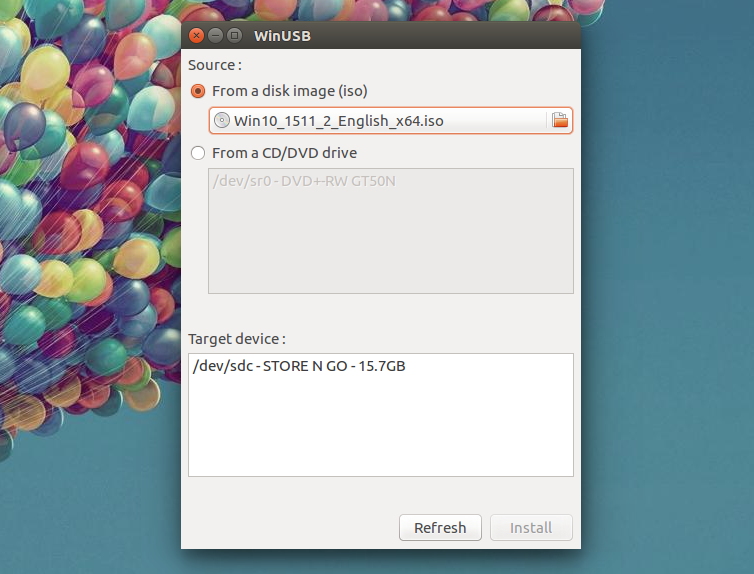

If not running Windows, you can find other methods for applying the ISO to a USB here: Once downloaded, either burn the ISO to a CD or download LiLi and create a bootable Mint Live USB. I went with 64-bit Cinnamon but the other choices are fine if you are particular. Once you have a swift USB drive to host the Mint partition, you will want to grab the latest version of the Mint ISO. I tried cheaper USB 3.0 drives but couldn't break 7 MB per second, which is really slow for hosting an OS and the performance was only slightly bearable. Using HD_Speed I got a solid average read/write speed of 50 MB per second. I am using the SanDisk Extreme USB 3.0 and have found the responsiveness to be quite good. A USB 3.0 USB drive to make into the encrypted Mint partitionįirst, you need to get a USB drive that will run a lightweight operating system while remaining responsive for a realistic user experience.A USB drive to make a live mode Mint boot disk, or a CD to burn the Mint ISO.Have any interest in creating a LUKS encrypted, persistent OS that fits in your pocket? Then this post is for you.This tutorial will take you through installing a LUKS encrypted instance of Mint 16 on a USB drive.Įdit: be sure and check out vwhite's post on integrating LUKS NUKE into this kind of setup:


 0 kommentar(er)
0 kommentar(er)
